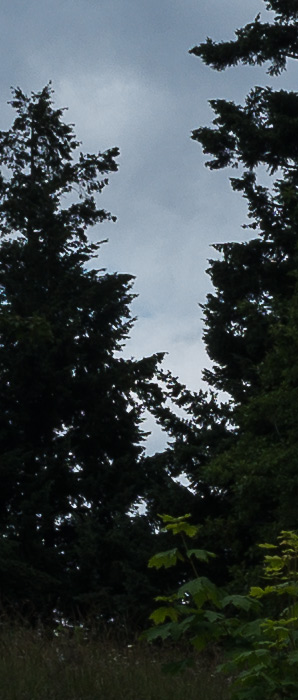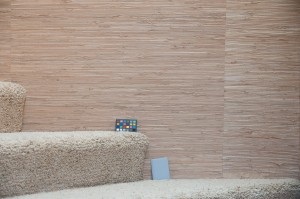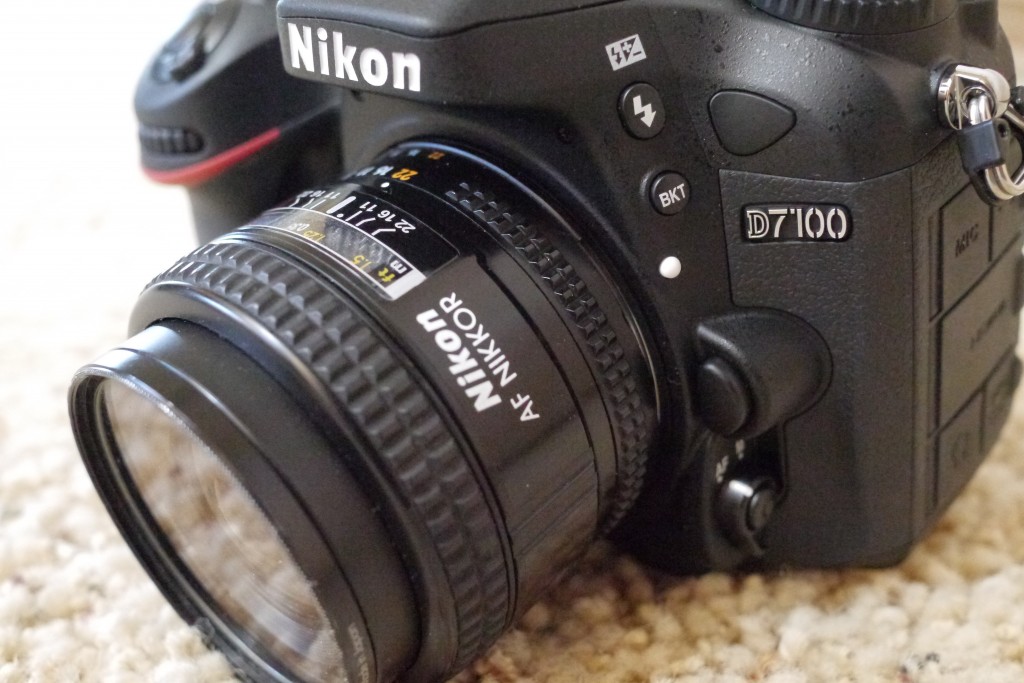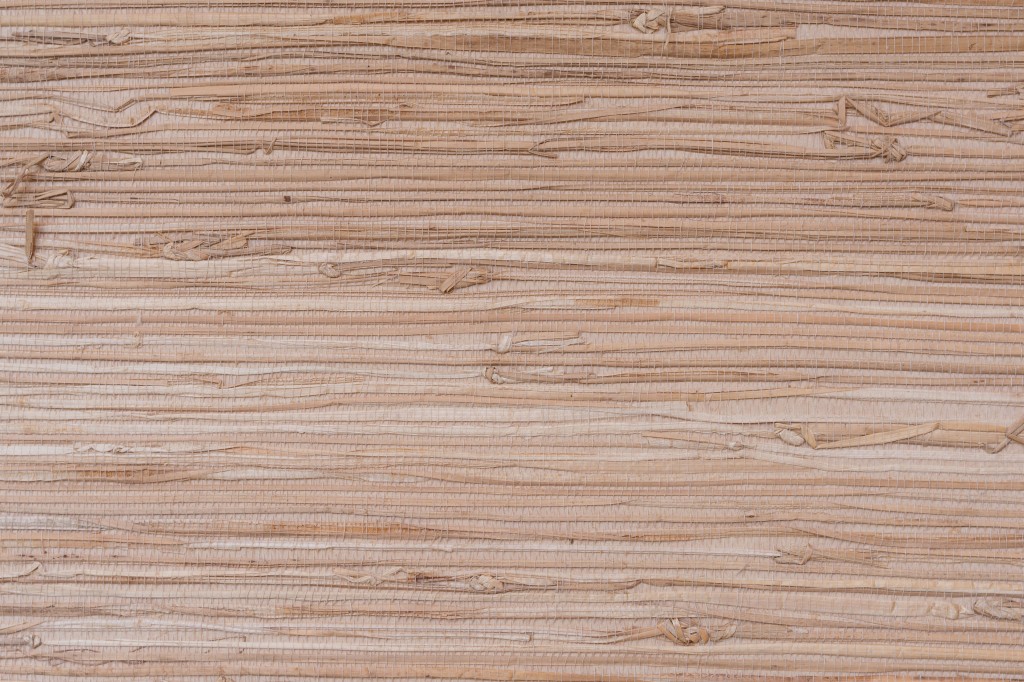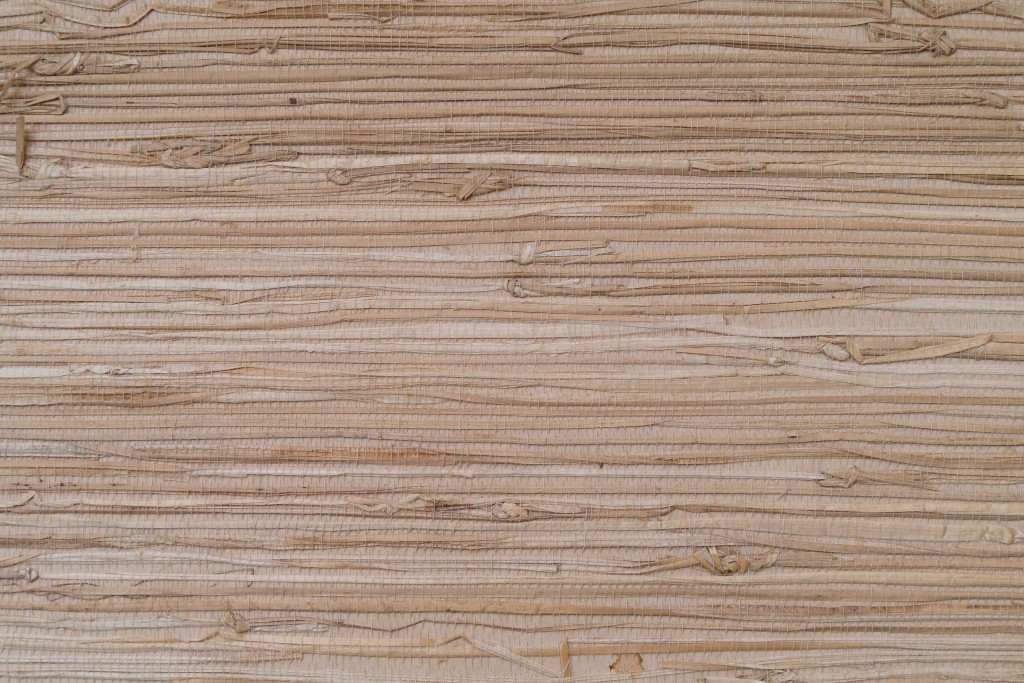I’m sorry, I’ve stayed silent on this too long. I have to let it out.
There are some very valid reasons why photography is more expensive than many people imagine it to be on the surface. I don’t think I can sum that part up any better than this article on PetaPixel by Nikki Wagner.
I understand the struggle to get by in this industry very well, and my heart goes out to my fellow photographers fighting to survive and continue to do what they love full time. But I’m sick and tired of the incessant complaining about other photographers charging too little and ruining the business.
If Jose Villa charged $1 (one dollar) for a wedding, would the pictures automatically be shit? No? Why not? Because price does not equal quality. Not only are they not equivalent, there’s no strong correlation.
It’s absolutely part of sales to convince customers that a certain level of quality costs a certain amount of money. But the truth is that we all decide our own prices. As Scott Johnson points out, “If you want to be a Professional Photographer, there are absolutely NO qualifications or schooling required.” There’s no organization that has the ability to monitor quality and/or enforce pricing standards.
A rich amateur could go out and buy better gear than I have and advertise prices well beyond what I can garner today and they don’t have to have a ton of success to be part of the industry. If they get one wedding a year, they’re a professional photographer. And their pictures can absolutely suck. Though they might not. Price isn’t tied to quality.
Likewise, a poor hobbyist can buy a bottom of the line DSLR and a gang of used lenses for under a $1k and go shoot weddings for $200 a pop. And they just might make amazing work. There’s nothing stopping them from doing so.
How good their work is depends on their skill set, not the price of their gear or the price they charge. This is obvious.
And not only rich people get married. Doesn’t everybody deserve good wedding photography, whether they’re rich or poor?
The market for photography in every part of the industry is undergoing a big shakeup. In some ways, I see this as a good thing. I feel like the digital revolution has raised the bar on quality, which is good for customers and bad for shitty photographers. But the proliferation of photographers–the absolute glut–means there’s a lot more noise to signal when couples go hunting out the perfect photographer for their special day. We have to work harder for every client and it’s increasingly difficult to stand out from the crowd.
Don’t confuse the problems our customers are having with our own. Their problem is a stifling overabundance of options. A shortage of good photographers isn’t an issue for customers at all today. Sure there are more shitty photographers out there today too. But included in the overall volume increase, is an increase in good ones too.
I still cringe at the out of focus shots in my brother’s wedding album from 2000. The photog was a seasoned pro, shooting great gear (Pentax 67, which I had just used myself in the context of school), but…holy crap, so many OOF/motion blurred shots. But lets not kid ourselves with the false narrative that gear doesn’t matter at all. That same photographer today is instantly better when you give him instantaneous reviews of his images, effectively unlimited “film” and image stabilized lenses. Modern gear really does compensate a bit for sloppy technique. This is good for customers. Whether it’s bad for us or not is irrelevant, since that’s just how it is.
Value is an issue of perception. So is quality. My brother and his wife don’t see the things I see. As long as consistency is maintained from print to print, most people won’t notice minor color balance issues, exposure issues, focus issues, sensor dust issues, or a million little things we know to QC for. Often the biggest/strictest/harshest critic of a wedding photographer’s work is the photographer themselves.
The thing that matters most to clients is that they are happy. That’s business. You don’t get anywhere by arguing and making excuses. Or by putting other photographers down for that matter. Criticizing other photographers won’t raise their prices.
If clients aren’t happy, they’ll go to somebody who will make them happy. Pleasing a customer is a complex thing, that certainly involves things we pride ourselves on like the beauty of our images or consistency or professionalism. But clients also judge us on a ton of things we can probably agree they shouldn’t, like price, gender, our personal appearances, our ages, our races, our accents, our religions, our sexual orientations–heck, I’ve even been asked my sign! Just like some people are going to pick based on gender and race, some folks will have price at the top of their list. Get over it. That’s all you can do.
I hear this long litany of “gear is too cheap” and “photographers working for free is killing us”, but none of it is anything you can do anything about. Lemme make you a list of strategies destined to fail:
- complaining about what other people are doing. That has zero weight with your clients. Let me reiterate: your clients don’t feel the pain of your pocketbook, only their own.
- Bitching about “fauxtographers”. Ok, ok, it’s a favorite pastime we all share. I’ll admit a guilty pleasure in the occasional schadenfreude of browsing PSDisasters. But that doesn’t book me any new clients.
- Arguing with clients about their budget. They’ll find somebody that fits their budget, no matter how big or how small. Trust me on this one. This is an argument you will always lose. This is not the same as being firm on price.
- Telling other people what to charge. No, really, good luck with that.
- Complaining about the abundance of cheap gear. What’re you gonna do, run around ProPhoto with a pricing gun? Hack Amazon? Gear will continue to get better and cheaper and easier to use. Getting good results will continue to require decreasing amounts of skill. So it goes.
Now, let’s juxtapose some tactics I see potential in:
- Look at ways to decrease overhead. Are you farming out your post? Do you really need to? Do you really need new gear?
- Look at ways to improve your output. Are you farming out your post? Do you really need to? Do you really need new gear?
- Reevaluate your prices. Not others’ prices. YOURS.
- Reevaluate your work. (sounds harsh, but even the best need to) Take a long hard look at your work and ask yourself if the quality of your work justifies your prices. Honestly compare your work and prices to whats out there. Put yourself in the clients’ shoes. Enlist some objective non-photographers in this process, since most of our customers are not photographers.
- Reevaluate your marketing. If word of mouth/print ads/social media ain’t cutting it, explore other options. Or reevaluate what you’re doing with those options.
Now, to be clear, I feel the pain. I feel the squeeze. I really do. And it’s hugely stressful, and a day doesn’t go by where I don’t have second thoughts.
So here’s where I’m coming from: I’m new to weddings as a full time business. I’m still sorting out all the taxes and finances and I’m a humble newb at running a business. But I’ve been in the photographic industry for 15 years now and I shot my first wedding solo seven years ago. I have a bachelors in photography. I know my shit. And I know who doesn’t. And I see a whole spectrum of folks out there with vastly different skill sets AND prices competing for the same customers. I’m lucky to have some very talented friends, and I’ve seen some amazing work in Portland.
But the diversity of the photography market is stifling. It’s an assault on the customer’s decision making process. I don’t see that changing any time soon.
Often when I hear people whine and complain about how they can’t make any money, I look at their work and I keep coming back to the same thing: there’s just too little correlation between quality and price in wedding photography. Some people charging a pittance are phenomenal. And some of those charging the most are marginal at best.
From what I can tell, the industry has always sucked. It has always been cutthroat. There have always been amazing sales people with weak portfolios competing with amazing photographers that can’t sell. Quality has been wildly all over the place, as has pricing. Disruptive technology has always wreaked having on established markets and business models. A long list of acronyms has eroded the technical hurdles: C41, TTL, AMP, DSLR, ISO, APSC, m43, SDXC, P&S…the march of technology will continue.
I don’t think any of this should come as a big surprise. There ain’t much new under the sun. The only constant is that things change.
Don’t ask “how do we stop this thing?” Instead ask “how can I adapt?”
There are absolutely ways to address the new challenges of our field today, and I welcome any discussion on the issue. But complaining isn’t a valid strategy. Please, just stop.
And stop trying to tell other photographers what to charge. That’s a discussion between a photographer and a client, and no one else. If somebody posts a gig that you think is offering too little, just flag it. DO NOT engage in bickering. That is a shit fight you won’t win.




